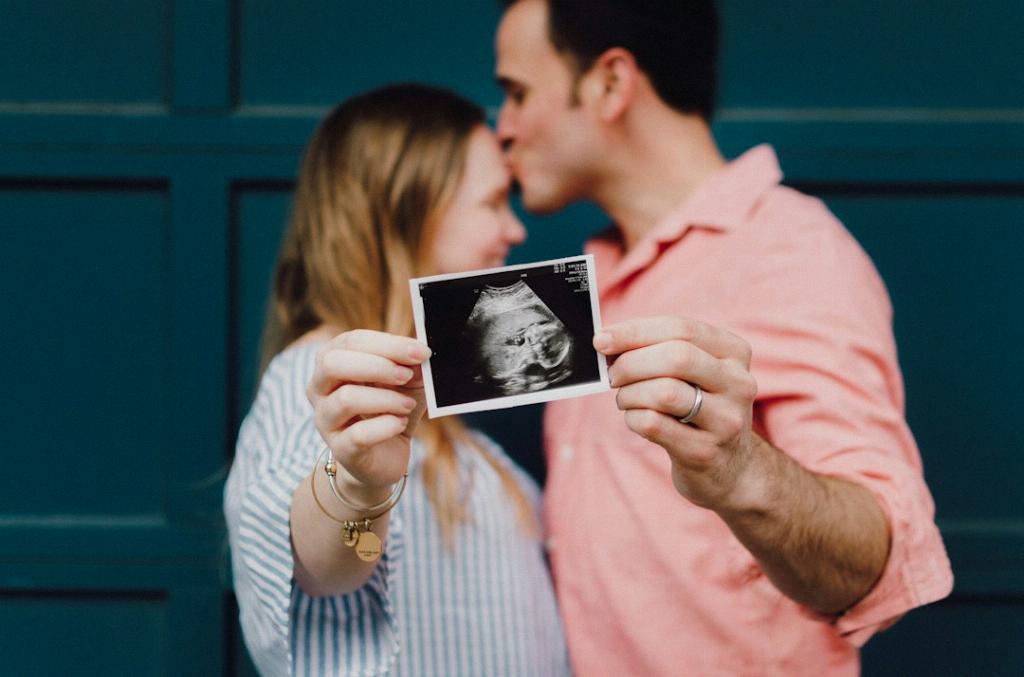When delving into the complexities of placental anatomy, it’s essential to grasp the significance of the vessels present within this vital organ. The placenta, a remarkable structure that develops during pregnancy, serves as the life-support system for the growing fetus. One fundamental aspect of the placenta is the arrangement of vessels that play a crucial role in fetal development.
The traditional composition of placental vessels includes three main components: two umbilical arteries and one umbilical vein. These vessels form a network within the placenta, facilitating the exchange of nutrients, oxygen, and waste products between the maternal and fetal circulatory systems.
Each umbilical artery serves a distinct purpose in ensuring the well-being of the fetus. The presence of two arteries allows for efficient transport of deoxygenated blood and waste products from the fetus back to the maternal circulation for elimination. The umbilical veins, on the other hand, carry nutrient-rich, oxygenated blood from the mother to the fetus, supporting its growth and development.
One intriguing anomaly that can occur is a two-vessel umbilical cord, where only one artery and one vein are present instead of the typical three vessels. This variation, known as single umbilical artery (SUA), is considered a minor abnormality that usually has minimal impact on fetal health. However, in some cases, it may be associated with certain birth defects or chromosomal abnormalities.
Despite the presence of two arteries in a standard umbilical cord, the absence of one umbilical artery, as seen in cases of SUA, does not necessarily impede fetal development. The remaining artery typically compensates for the lack of the second vessel, ensuring that the necessary exchange of oxygen and nutrients between the mother and fetus continues uninterrupted.
It is important to note that the configuration of placental vessels, whether three or two, is part of the intricate adaptation of the placenta to support the unique needs of each pregnancy. The placenta is a dynamic organ that undergoes continuous changes to fulfill its essential functions of nourishing and protecting the developing fetus throughout gestation.
Throughout pregnancy, healthcare providers closely monitor the placental structure and function to assess the well-being of both the mother and the fetus. Any variations in the arrangement of placental vessels, such as the presence of an SUA, may warrant additional diagnostic tests and surveillance to ensure optimal fetal growth and development.
Understanding the significance of the 3 vessels of a placenta provides valuable insights into the intricate mechanisms that govern fetal-maternal circulation and nutrient exchange. The presence of two umbilical arteries and one vein in a typical placental configuration highlights the remarkable adaptability and resilience of this vital organ in supporting fetal life.
Overall, the intricate network of vessels within the placenta underscores the remarkable physiological processes that sustain pregnancy and enable the seamless transfer of essential substances between the mother and fetus. By exploring the dynamics of placental vascular anatomy, we gain a deeper appreciation for the complexity and elegance of fetal development within the protective environment of the womb.

